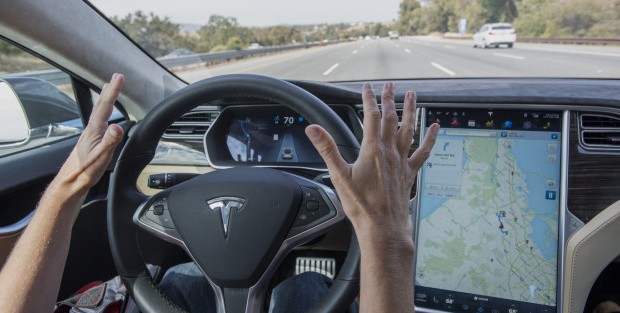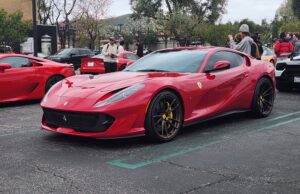Self driving cars: The key to the future

Since cars were invented during the 1800’s, they have continually progressed with new features added on every model. Recently, cars have started to become more and more self-reliant to the point where they don’t even need a driver.
Most cars only do things like brake when they sense an object or keep the car at the same speed without the driver pressing the pedal. However, Tesla recently released videos of a fully autonomous car during October. It features a view similar to the driver’s, and a view of what the sensors are “seeing.” The driver entered a destination into the car and sat back as it took him there, stopping at stop signs and signals, and waiting for other cars to pass by before turning. After the driver got out of the car at his destination, the car drove away and parked itself in the nearest spot next to the curb in between two other cars. At the driver’s command it would return to its owner’s location.
Google also has their very own self driving cars that have hit the streets in multiple cities around the world. They have designs similar to a Smart Car, but with a large spire protruding from the center. Their sensors can “see” two football fields in every direction and analyse the information to drive the car correctly. The cars aren’t as sleek as Tesla’s, but they still drive well enough.
Intel is developing autonomous cars as well, using their powerful Intel cores to process the information. Apple is very excited for the potential and the possibilities with autonomous cars. They have already made deals to integrate iPhone compatibility into the cars for utilities such as Apple CarPlay and navigation.
The companies that manufacture the cars promise zero accidents and mobility for all, but all it takes is one glitch and many could get seriously injured or killed. In the future, if the majority of cars are autonomous, one foreign object introduced into the program could cause a lot of damage. The technology is promising but it needs to be further developed before it can be a viable alternative to today’s transportation.



